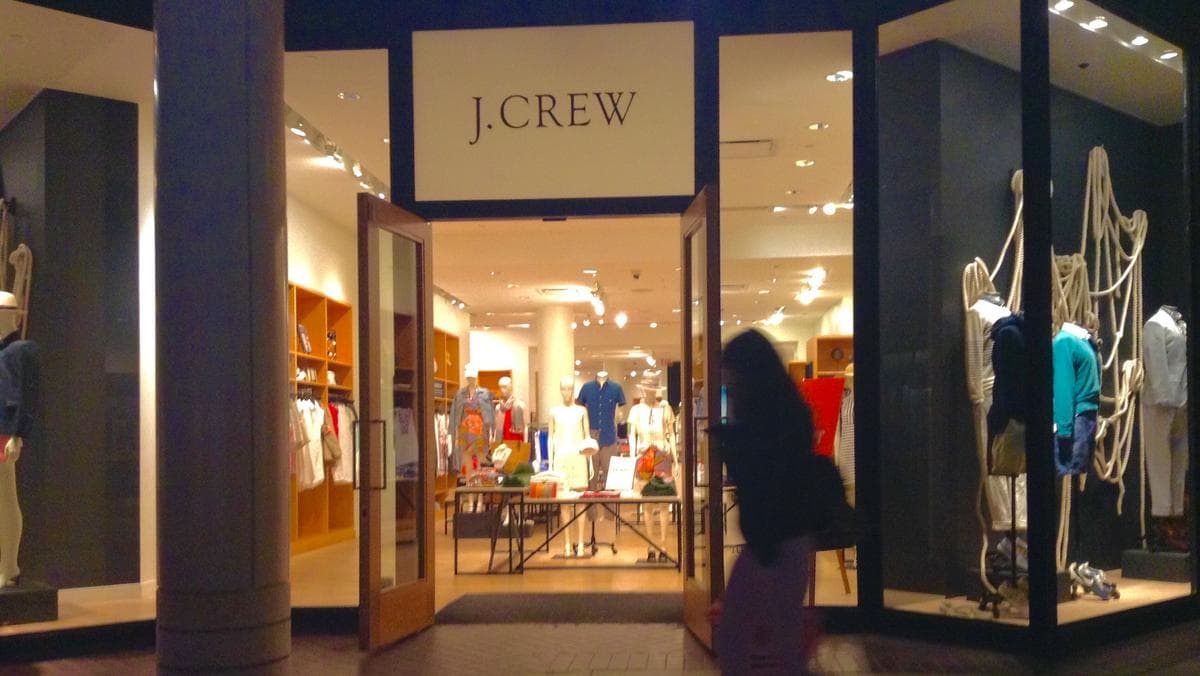
Troubled seas hit an iconic American brand
J. Crew, once a venerated purveyor of all things American prep, filed for bankruptcy this week. The coronavirus shut-in certainly put a big strain on its retail viability. However, the company’s problems started long before Covid-19. According to PrivCo, a private company financial data startup, J. Crew has not seen a positive net income margin in five years.
It goes without saying that the fashion retail space has been extremely challenged for some time. In the sad wake of Henri Bendel, Barneys, Lord and Taylor and most recently Neiman Marcus, there is no shortage of sensational headlines proclaiming that retail is dead. At the same time, the industry has also seen exploding growth, with companies like Fashion Nova enjoying a 600% YoY growth rate, as a result of their loyal celebrity following and teen-friendly Instagram marketing.
When you contrast the fates of a legacy brand like J. Crew with a (no pun) Fashion Nova, a few lessons can be drawn. Part of J. Crew’s fall is the result of a cultural and design shift, while the second part touches on a vast business miscalculation. Below are some of the factors that contributed to J. Crew’s demise.
1. Influence matters
Some of the most successful and largely Internet-based brands have heavily relied on influencers.
Michelle Obama, circa 2008, may have been the peak J. Crew influence, back before the word itself even entered the public lexicon. After her now famed wearing of a J. Crew frock to a very public event, her popularity and all-American style energized and publicized the lilting brand. In a 2010 study, New York University professor David Yermack found that J. Crew’s stock increased 25% after Obama wore J.Crew on “The Tonight Show” in October 2008. Since the Obamas left office things have only gotten worse for J. Crew as Millennials have sought out craft-beer and bespoke experiences and rejected anything perceived as too commercial, including J.Crew’s branding.
2. Taste goes Urban
The early 2010s was clearly J. Crew’s heyday. The clean-cut, prep school look is equal parts good American virtue and aspirational fashion. Coming out of the financial crisis, nostalgia and austerity pushed people towards the lower price point of the wholesome lifestyle brand.
Indeed, 2010, the year before J. Crew was taken private by two private equity firms, saw the highest net and gross margins at 7.8% and 44.1% respectively.
However, there was a cultural shift brewing. As urban centers and Brooklyn hipsters gained more and more cultural influence, tastes in fashion shifted. The pastel, nautical and equestrian themes inspired by gardens, sails, and sables started to lose their allure. Hip hop style rooted in deep urbanism began to chip away at the collegiate inspired stylings of J. Crew.
The company made a yankee effort to modernize its brand, along with the likes of Kate Spade and the style evolution success story that is Tory Burch. For J. Crew, the overhaul may just have come too late.
3. Pricing
In 2013, at a J. Crew pinnacle, fashion director Jenna Lyons raised pricing across the product line. Leveraging Lyons’ style and visibility, J. Crew brought the brands to the runway, elevating both design and pricing.
Many loyal customers were outraged over $400 cashmere tops, sequin skirts, and velvet pumps. Instead of aspirational, J.Crew landed firmly out of reach and also out-of-touch, as brands emphasizing diversity and inclusivity took center stage, pushing J. Crew further, and irretrievably into the red.